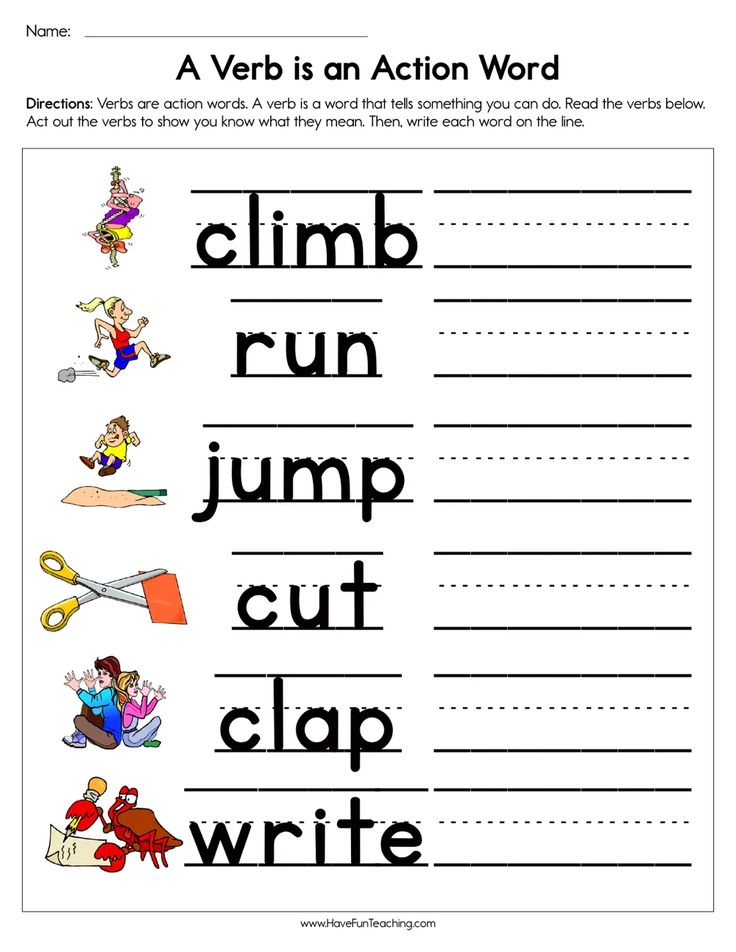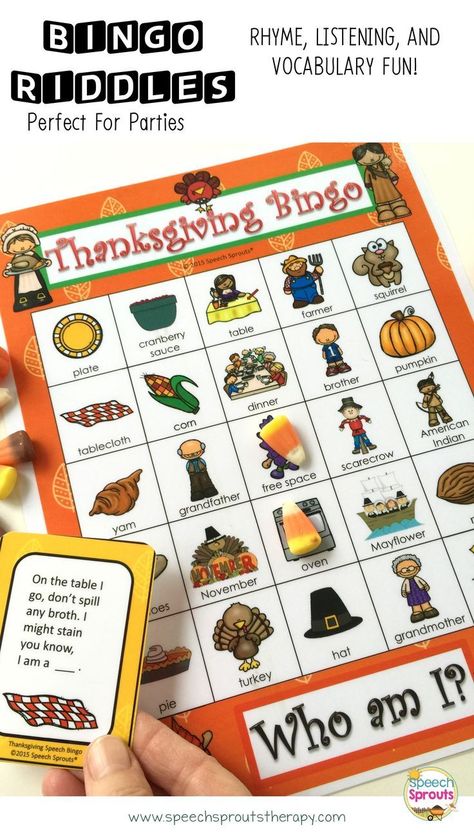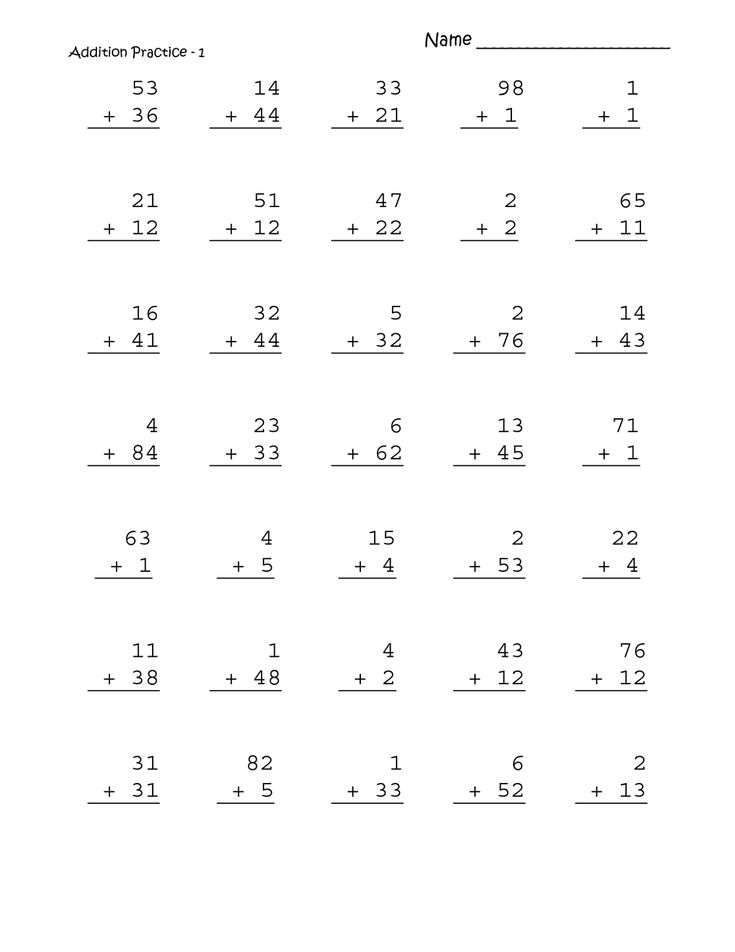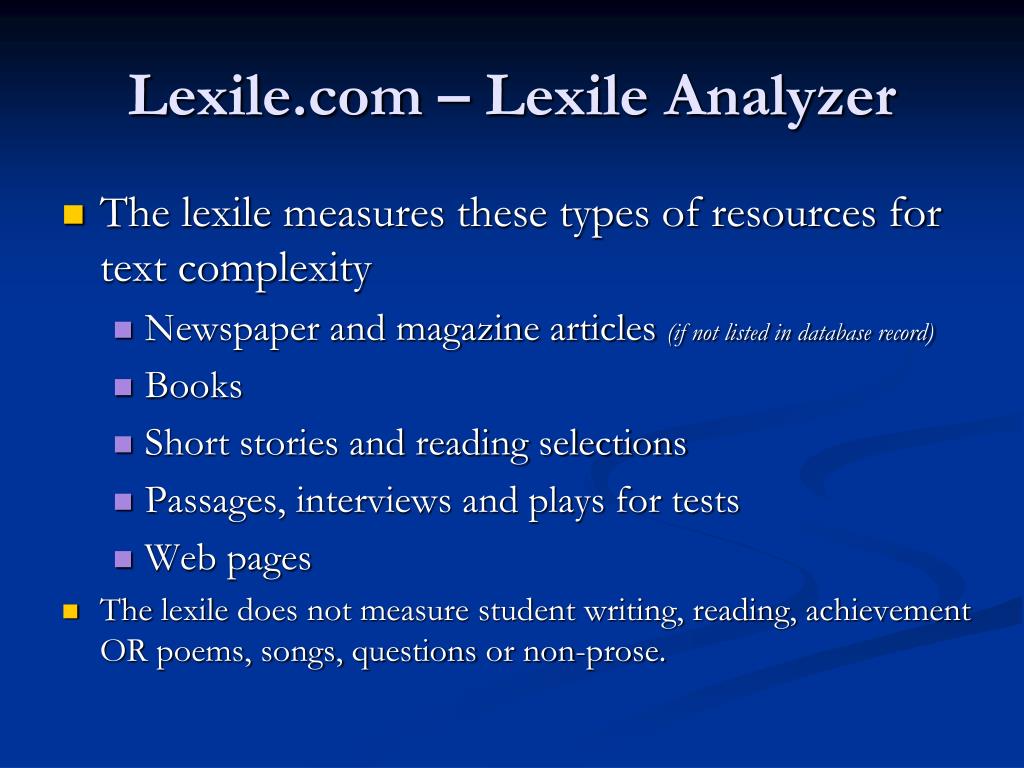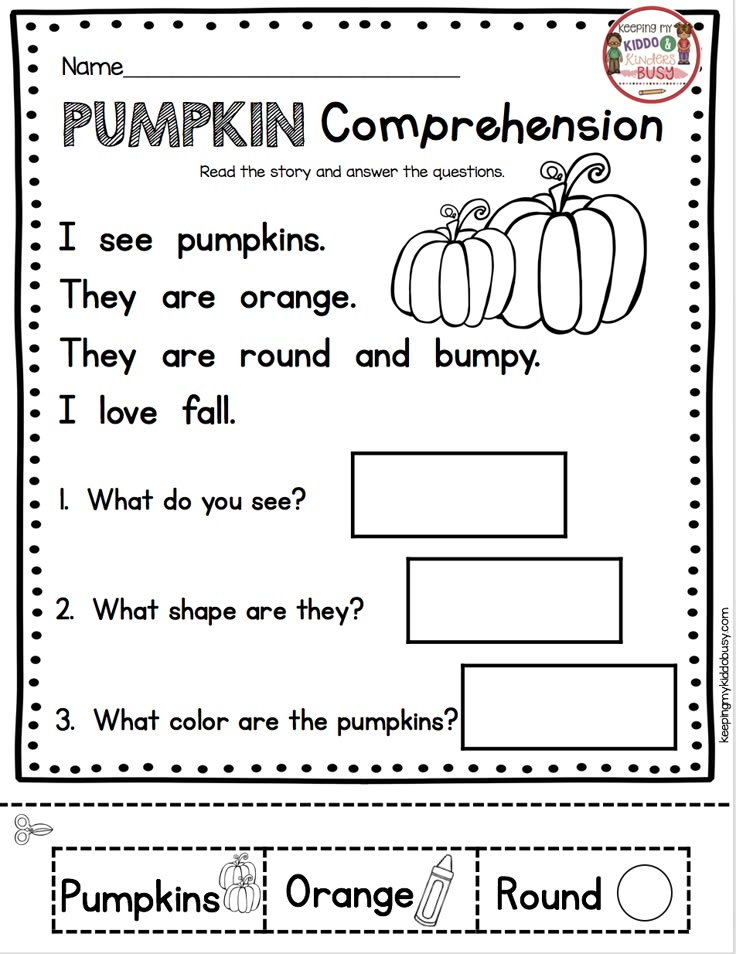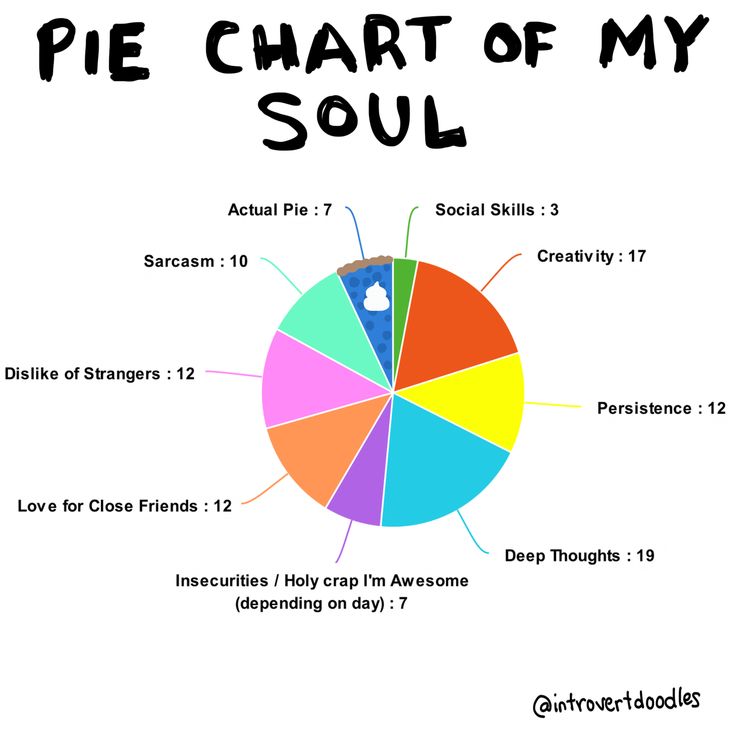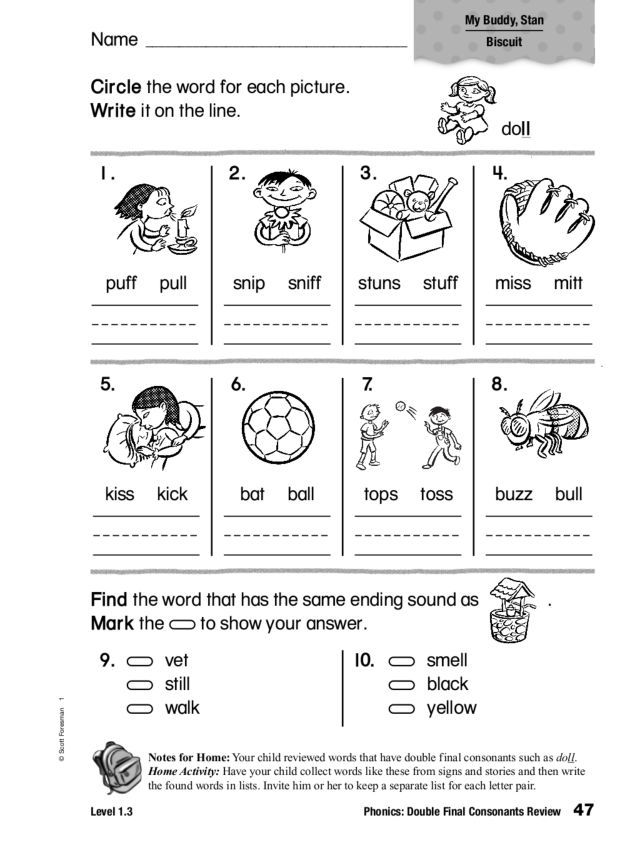How to read with your child
Fun and Effective Ways to Read With Children
On this page
- Reading to 0-3 year olds
- Reading with preschoolers
- Reading with elementary school kids
Experts believe that reading to your child every day is one of the most important things parents can do.
Here are ideas for using this reading time to build your child's literacy skills while keeping it fun for both of you. Click below for ideas if your child is:
- 0-3 years old
- in preschool, Head Start, or day care
- in elementary school
If you are more comfortable with Spanish, then please read to your child in Spanish. This will not delay his or her learning of English.
For a list of great books to read with your child, see the Books & Authors section. It also has information on how to borrow books from the public library for free.
Reading to 0-3 year olds
Make reading a part of every day
Try to read to your child for at least 15 minutes each day. Bedtime is an especially good time to read together. You can read in Spanish or English.
Hold your child while you read
Sit with your child on your lap as you read. Let him or her hold the book and help turn the pages.
Read with fun in your voice
Use your face, body, and voice to make reading fun. Use different voices for different characters.
Know when to stop
If your child loses interest or has trouble paying attention, just put the book away for a while. A few minutes of reading is ok. Don't continue reading if your child is not enjoying it. With practice, your child will be able to sit and listen for a longer time.
Talk about the pictures
Point to the pages and talk about the pictures in the book. Ask your child to look at the pictures for clues to what the story is about.
Show your child the words
As you read the book, run your finger along the bottom of the words. Soon your child will realize it is the words that are read and not the pictures.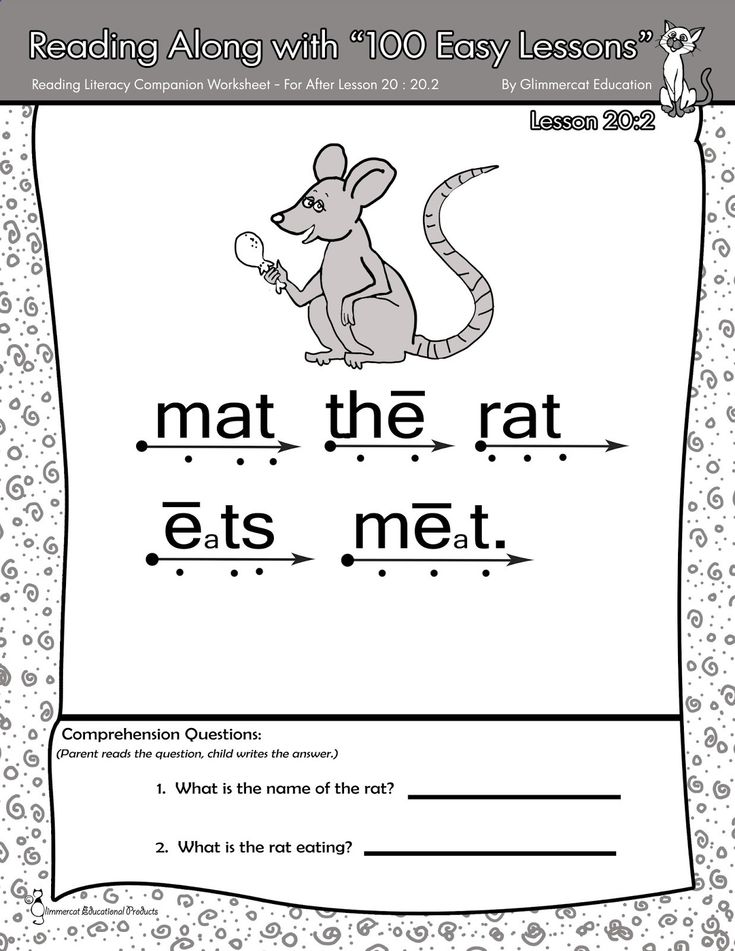 If you're reading a book in Spanish, feel free to let your child know the English version of a word. Say something like "Perro is called dog in English."
If you're reading a book in Spanish, feel free to let your child know the English version of a word. Say something like "Perro is called dog in English."
Reading with preschoolers
Say how much you enjoy reading together
Tell your child how much you enjoy reading with him or her. Talk about "story time" as the favorite part of your day.
Surround your child with books
Try to have books in your home for your child to read. Books from a bookstore can be expensive, but there are places where you can get inexpensive books, such as second hand bookstores, garage sales, thrift shops, and library book sales. And of course, borrowing books from the library is free!
Let your child choose
Let your child pick out his or her own books. Letting your child read what interests him or her is one way that reading becomes fun.
Make reading special
Do things that will make books and reading seem special. Help your child get his or her own library card, buy books and books-on-tape as gifts, and use books as rewards.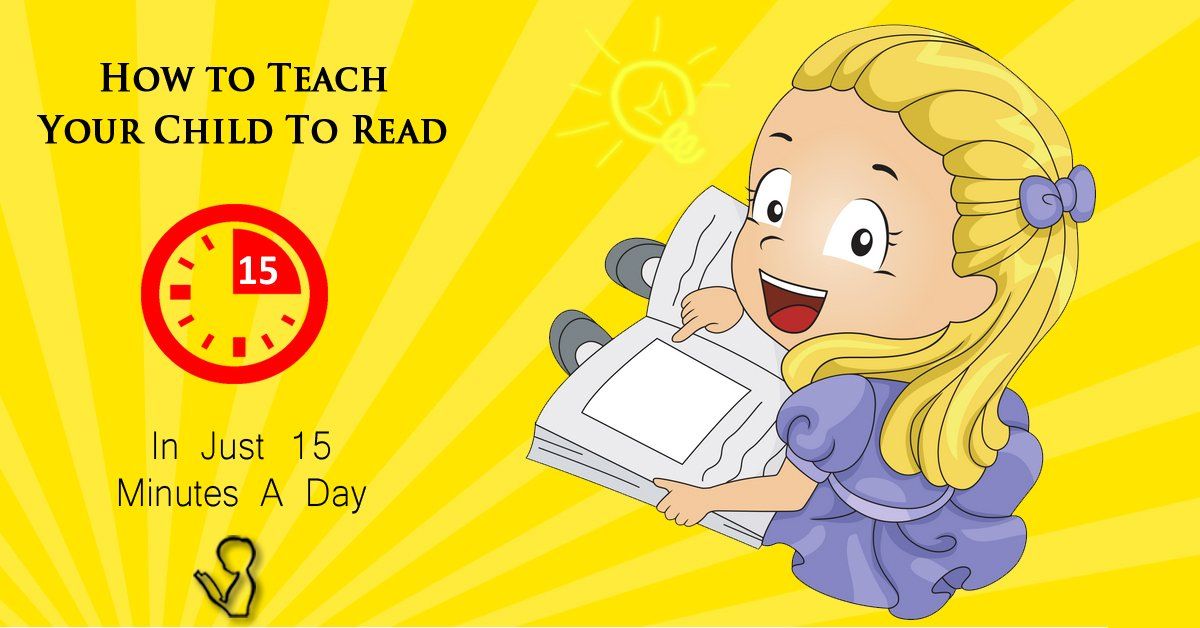
Show your child the parts of a book
Look at the cover of the book. Talk about what the book might be about. Look at the page numbers. Tell your child who the author is and who the illustrator is.
Show how we read words on a page
Point out how we read words on a page from left to right and from top to bottom. Explain that words are separated by spaces.
Ask your child questions
Discuss what's happening in the story and point out things on the page. Ask your child questions such as: "What do you think will happen next?" or "What is this?"
Let your child ask you questions
If your child asks a question, stop and answer even if it interrupts the story. Find ways to talk about how the story relates to your child's life.
Read it again and again
Your child may want to hear a favorite story over and over. Go ahead and read the same book for the 100th time! This is beneficial for your child.
Let your child tell you the story
Many children memorize stories they've heard many times.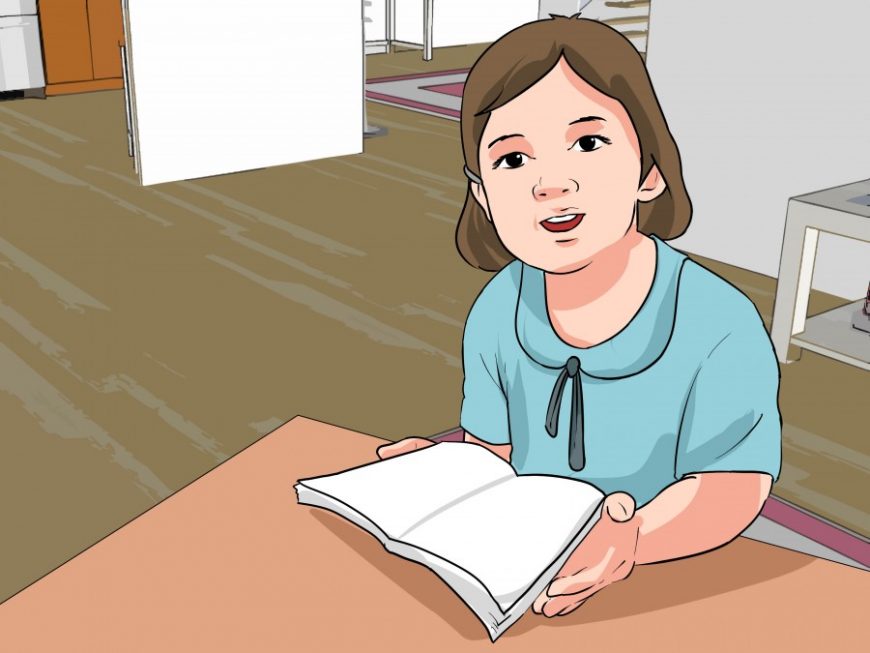 Let your child take a turn "reading" the book to you.
Let your child take a turn "reading" the book to you.
Talk about punctuation
Explain that punctuation is a way to show how we talk. You can say, for example, "When we talk, we usually pause a little bit at the end of a sentence. The way we show this in writing is to use a period."
Use books on tape
If you don't know English and would like for your child to hear stories in English, you can borrow books from the library that have audiocassettes, or CDs. Your child can listen to a story being read on tape as he or she follows along in the book. Or use computer programs such as Just Grandma and Me that highlight words on the screen as a voice speaks. Children can choose to hear the story and play the games in English, French, German, or Spanish.
Reading with elementary school kids
Encourage your child to read another one
Find ways to encourage your child to keep reading. If he or she likes one book, find another book with a similar subject or by the same author. Ask a librarian or teacher for book suggestions.
Ask a librarian or teacher for book suggestions.
Take turns reading
Once your child can read, have him or her read aloud to you every day. You can take turns – you read one page and your child the next.
Make connections to your child's life
Help your child make connections between what he or she reads in books and what happens in life. If you're reading a book about a family, for example, talk about how what happens in the story is the same or different from what happens in your family.
Give your child an incentive to read
At bedtime, encourage your child to read. Offer a choice between reading or sleeping. Most kids will choose to read, as long as you don't offer something more tempting (like TV).
Try different types of books and magazines
Encourage your child to read different types of books, articles, or stories. Some kids, especially boys, prefer nonfiction books. Others like children's magazines.
Turn on the closed captioning on your television
When watching a television show with your child, try turning on the closed captioning channel.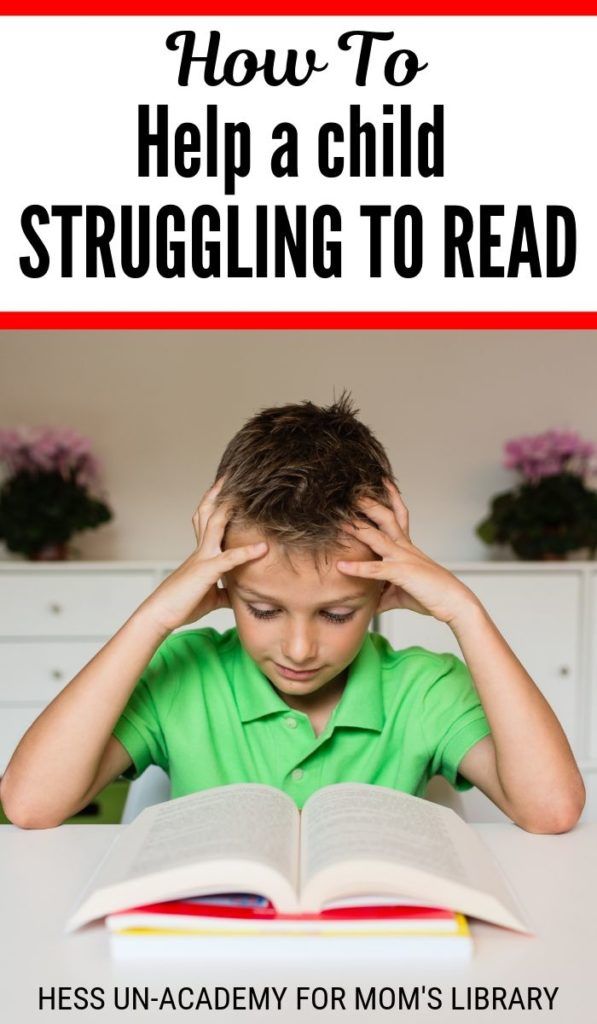 This shows the words the characters are speaking on the television screen. Some people find it's a good way to learn English!
This shows the words the characters are speaking on the television screen. Some people find it's a good way to learn English!
Reprints
You are welcome to print copies or republish materials for non-commercial use as long as credit is given to Colorín Colorado and the author(s). For commercial use, please contact [email protected].
Major support provided by our founding partner, the American Federation of Teachers, AFL-CIO.
With generous support provided by the National Education Association.
ADVERTISEMENT
Most Popular
Language Objectives: The Key to Effective Content Area Instruction for English Learners
8 Strategies for Building Relationships with ELLs
Supporting ELLs in the Mainstream Classroom: 12 Strategies for Language Instruction
Using Cognates to Develop Comprehension in English
Tweets by @ColorinColorado
Reading with Your Child | Reading Rockets
By: Bernice Cullinan, Brod Bagert
There is no more important activity for preparing your child to succeed as a reader than reading aloud together.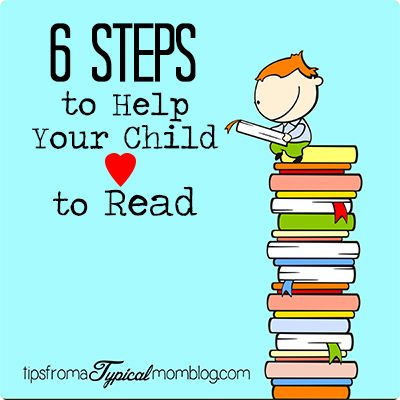 Fill your story times with a variety of books. Be consistent, be patient, and watch the magic work.
Fill your story times with a variety of books. Be consistent, be patient, and watch the magic work.
It's no secret that activities at home are an important supplement to the classroom, but there's more to it than that. There are things that parents can give children at home that the classrooms cannot give.
Start young and stay with it
At just a few months of age, an infant can look at pictures, listen to your voice, and point to objects on cardboard pages. Guide your child by pointing to the pictures, and say the names of the various objects. By drawing attention to pictures and associating the words with both pictures and the real-world objects, your child will learn the importance of language.
Children learn to love the sound of language before they even notice the existence of printed words on a page. Reading books aloud to children stimulates their imagination and expands their understanding of the world. It helps them develop language and listening skills and prepares them to understand the written word.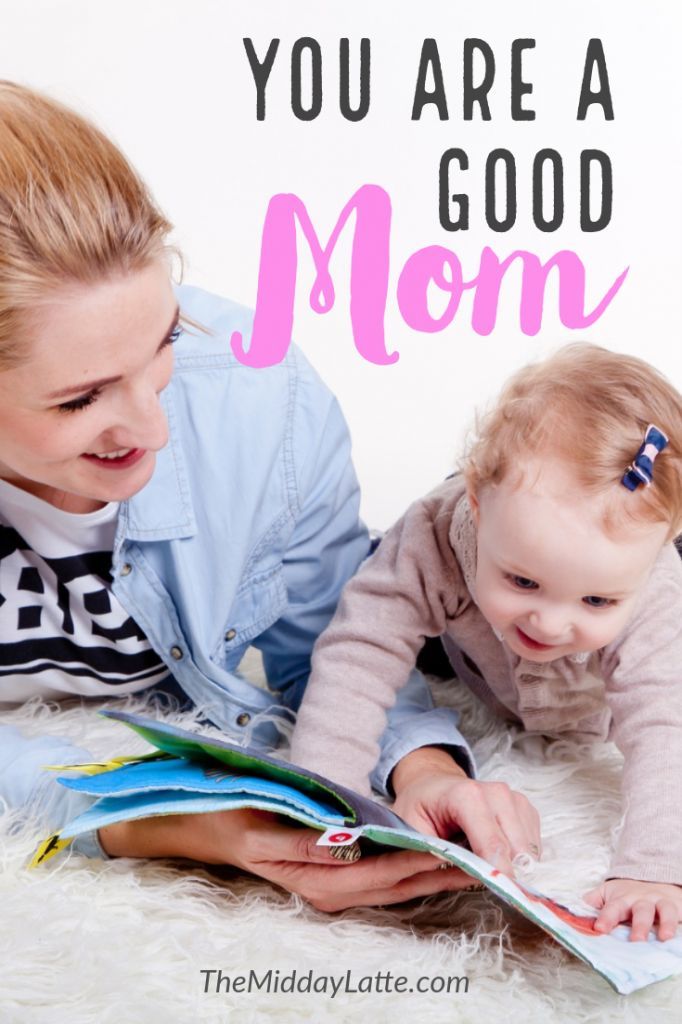 When the rhythm and melody of language become a part of a child's life, learning to read will be as natural as learning to walk and talk.
When the rhythm and melody of language become a part of a child's life, learning to read will be as natural as learning to walk and talk.
Even after children learn to read by themselves, it's still important for you to read aloud together. By reading stories that are on their interest level, but beyond their reading level, you can stretch young readers' understanding and motivate them to improve their skills.
It’s part of life
Although the life of a parent is often hectic, you should try to read with your child at least once a day at a regularly scheduled time. But don't be discouraged if you skip a day or don't always keep to your schedule. Just read to your child as often as you possibly can.
If you have more than one child, try to spend some time reading alone with each child, especially if they're more than two years apart. However, it's also fine to read to children at different stages and ages at the same time. Most children enjoy listening to many types of stories.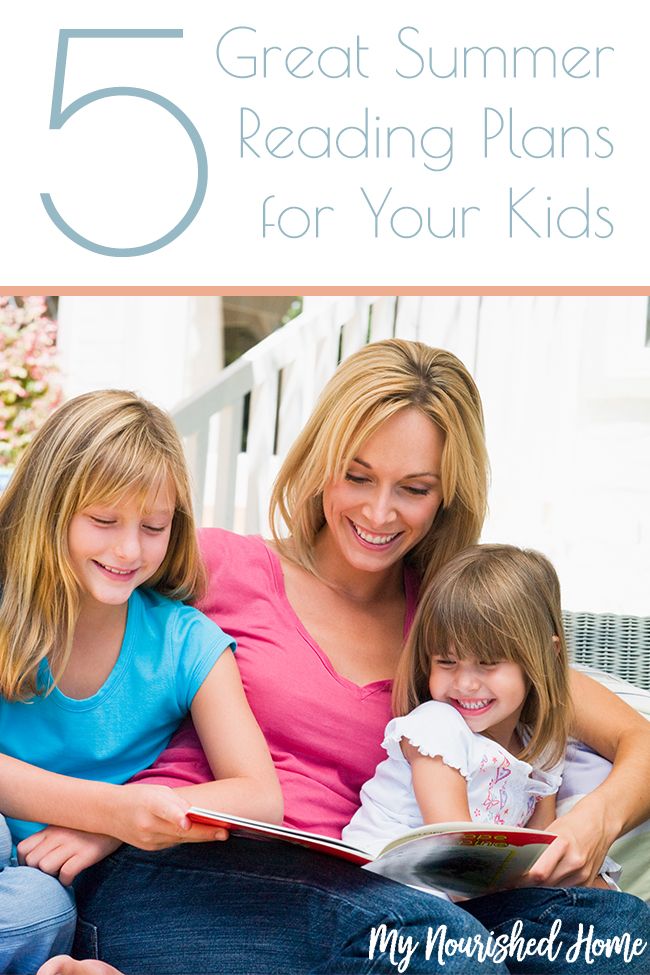 When stories are complex, children can still get the idea and can be encouraged to ask questions. When stories are easy or familiar, youngsters enjoy these "old friends" and may even help in the reading.
When stories are complex, children can still get the idea and can be encouraged to ask questions. When stories are easy or familiar, youngsters enjoy these "old friends" and may even help in the reading.
Taking the time to read with your children on a regular basis sends an important message: Reading is worthwhile.
One more time
You may go through a period when your child favors one book and wants it read night after night. It is not unusual for children to favor a particular story, and this can be boring for parents. Keep in mind, however, that a favorite story may speak to your child's interests or emotional needs. Be patient. Continue to expose your children to a wealth of books and eventually they will be ready for more stories.
Talking about stories
It's often a good idea to talk about a story you are reading, but you need not feel compelled to talk about every story. Good stories will encourage a love for reading, with or without conversation. And sometimes children need time to think about stories they have read.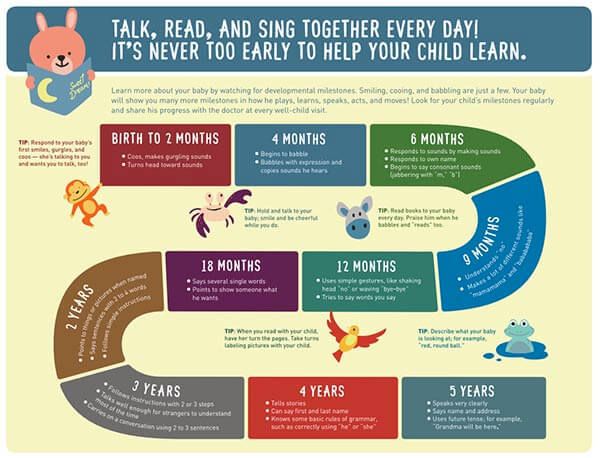 A day or so later, don't be surprised if your child mentions something from a story you've read together.
A day or so later, don't be surprised if your child mentions something from a story you've read together.
Remember when you were very young
It will help, however, if we open our eyes to some things adult readers tend to take for granted. It's easier to be patient when we remember how much children do not know. Here are a few concepts we adults know so well we forget sometimes we ever learned them.
- There's a difference between words and pictures. Point to the print as you read aloud.
- Words on a page have meaning, and that is what we learn to read.
- Words go across the page from left to right. Follow with your finger as you read.
- Words on a page are made up of letters and are separated by a space.
- Each letter has at least two forms: one for capital letters and and one for small letters.
These are examples of hieroglyphics.
Imagine how you would feel if you were trying to interpret a book full of such symbols. That's how young readers feel. But, a little patience (maybe by turning it into a puzzle you can solve together) is certain to build confidence.
That's how young readers feel. But, a little patience (maybe by turning it into a puzzle you can solve together) is certain to build confidence.
Advertise the joy of reading!
Our goal is to motivate children to want to read so they will practice reading independently and, thus, become fluent readers. That happens when children enjoy reading. We parents can do for reading what fast food chains do for hamburgers? ADVERTISE! And we advertise by reading great stories and poems to children.
We can help our children find the tools they need to succeed in life. Having access to information through the printed word is an absolute necessity. Knowledge is power, and books are full of it. But reading is more than just a practical tool. Through books we can enrich our minds; we can also relax and enjoy some precious leisure moments.
With your help, your children can begin a lifelong relationship with the printed word, so they grow into adults who read easily and frequently whether for business, knowledge, or pleasure.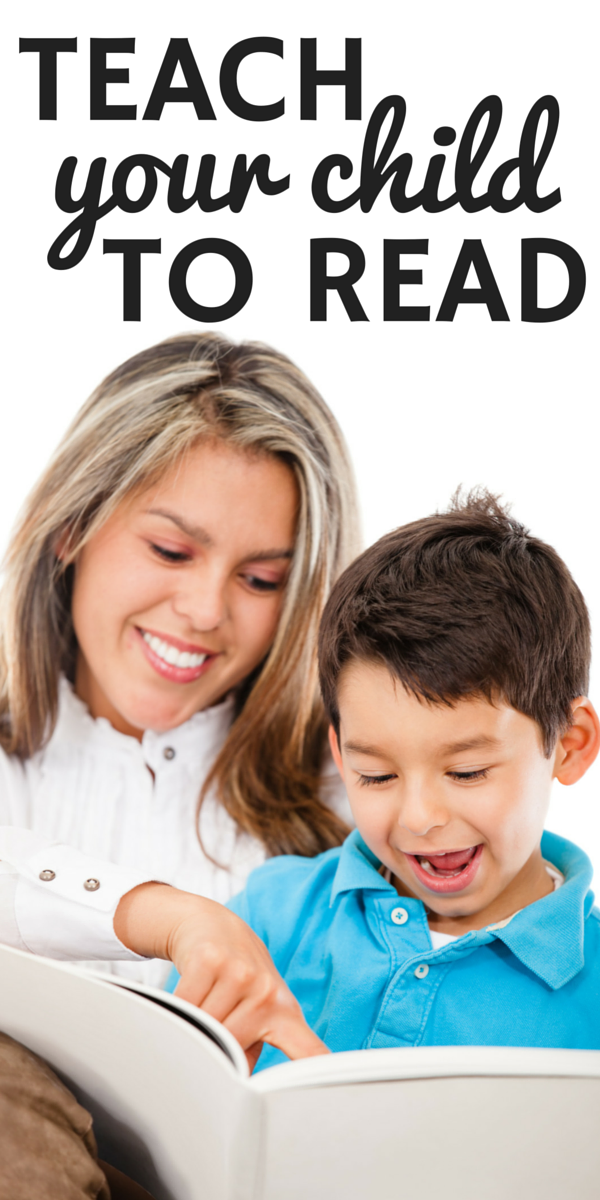
How to read from 7 to 12 years old
In elementary school, a child learns to work with text professionally. The school subject of literary reading is of particular importance, as it teaches children to perceive the text in different ways: listening, reading aloud, reading silently. How successfully the child has mastered these skills depends on his further education in all subjects, since understanding the text, written and oral, is the basis of education and self-education. The goals of education in elementary school and the basic skills that children must master are spelled out in the Federal State Educational Standard, Model Program for Literary Reading, and they are very serious (a brief excerpt from Primary School Literary Reading Program ).
Purposes of home, family reading:
— to have a rest, relax after study (it is good to read such literature aloud to a child before going to bed),
— to master the curriculum in literature and other subjects: reading according to the list of program literature, textbooks, scientific books for children (you need to set aside a certain time for this type of activity and always try to stick to it, developing the habit of studying at home - in the future this good habit will help at school, at the university, and in self-education),
- teach to read and write: riddles, short plot stories, fairy tales are well suited for this.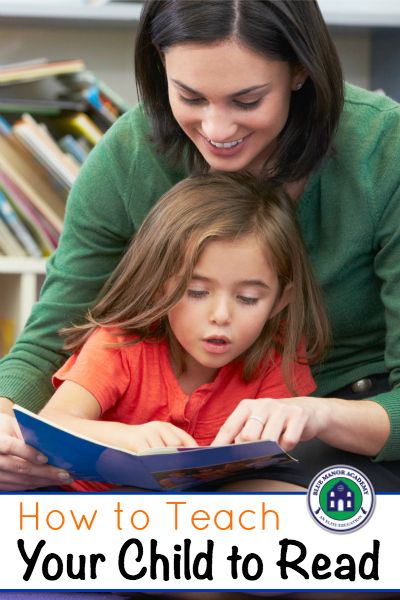
The child reads by himself.
This work should be joyful and creative.
Expert tip: If your child is just taking their first steps into the world of reading, celebrate every word they read as a victory. Do not draw his attention to reading errors. Do it discreetly. Take for the first readings only suitable books - bright, with large print, where there are a lot of pictures and a plot that is interesting to follow (I.I. Tikhomirova).
Primary schoolchildren have problems with reading:
1. It happens that a preschooler loves books, but when he becomes a schoolchild, he does not want to read them. Why does interest in reading fade? The reason is that the child is now motivated to read to himself and stop reading aloud to him. Reading from pleasure turns into hard work. The child gets tired of it at school, so he does not want to read at home. At home, he should rest with a book, listening to or reading with his family works "for growth" and those that have already been read before school, and those that are included in the school curriculum.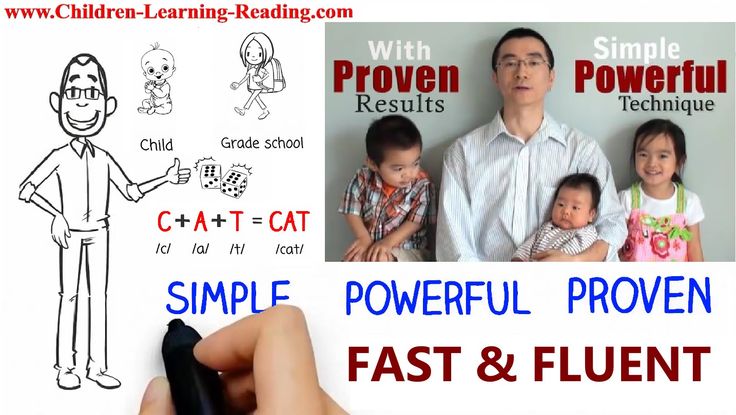 Reading should still be fun!
Reading should still be fun!
The younger student still has a weak reading technique, so he cannot read what he wants and in such a way that it gives pleasure.
Expert advice: Read aloud to children not only throughout their preschool childhood, but also when they become schoolchildren, choosing for this such books that they cannot cope with on their own.
2. The child has learned to read and write, but does not want to read, and parents have to persistently teach him to read on his own. How to do it:
- give your child books with large print and bright pictures so that the book intrigues and does not frighten with large text;
- read aloud a few lines, the plot of the story, and step away on business - it is possible that the child will want to know the continuation and he will read it himself;
- Meet the school librarian and introduce your child to the library. The librarian will professionally select the right book, then talk about it;
- and most importantly - you need to set an example: the child must see the reading parents.
3. Literature appeared in the child's life, which he must read, that is, interest in the book began to push away the need, the compulsion to read.
Expert opinion. Forced reading, as a rule, is not fruitful. It becomes fruitful when the child reads because of interest. Interest is the only one of all the motives that keeps reading on, that is, ensures the influence of the book on the reader. The crisis of children's reading is manifested not so much in the fact that many children have stopped reading, but in the fact that they have not developed or lost interest in this area of activity (I.I. Tikhomirova).
How to read to maintain interest in reading, in a book?
Expert tip: Encourage your children to read software literature before studying it in school. Use summer time for this. Get involved in reading it with your child, find pleasure in it. Looking at you, the child will receive joy. The subsequent study of the work in the classroom will fall on emotionally prepared soil (I.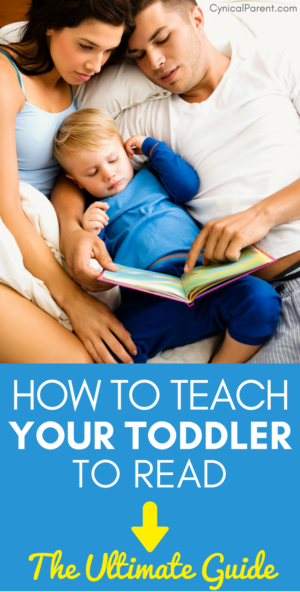 I. Tikhomirova).
I. Tikhomirova).
Expert tip: Have your child get letters from their favorite character about what books impressed them and why they recommend reading them. Such an authoritative opinion of the beloved hero has a positive effect on the reader's interest in the child (reception from Sh. Amonashvili).
— Interesting creative work with a book helps to arouse interest in reading. For example, creating your own cartoon or advertising your favorite book for friends and classmates (book trailers). How to create a video about the book, examples of children's work, mom's review of such work can be found in the section "Reading Companions" - "Screenings" .
— The conversation, the comparison of the book and the cartoon/movie are still relevant. The questions for comparison are simple: how are the images of the characters and some moments of the book embodied, did you imagine the characters in such a way that is not shown in the cartoon, etc. ... Such a discussion will help develop the thinking and speech of the child (on the Barius website you find interactive list of film adaptations : a book has been selected for each film adaptation, which can be leafed through online and immediately compared with the cartoon).
For example, a schoolchild will be interested in reading the adventure works of Kir Bulychev and watching the cartoons "The Secret of the Third Planet", "The Pass", "Alice's Birthday", as well as feature films. They take the child to a fantasy world and provide an opportunity to take a break from school worries. In addition, the girl from the future Alice has been convincing children for several generations of the need to know a lot in order to emerge victorious in the fight against space pirates, Baba Yaga, goblin, etc.
Reading with children is still relevant basic principles and approaches as in the preschool period.
- Make riddles, learn proverbs and sayings in order to develop speech, thinking, imagination, raise a child on the samples of age-old folk wisdom.
- Talk about what you read!
Expert advice: When talking about a book, do not rush to formulate its moral idea in the form of a conclusion, but try to intensify the feelings of reading.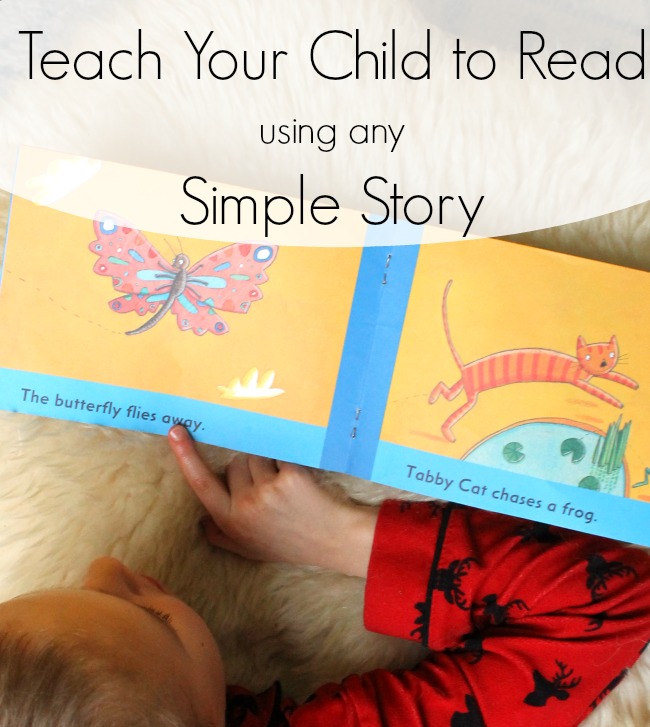 Then the spiritual experience of the hero of the story will also become the experience of your child, which edification does not give, because it always involves ready-made conclusions and decisions (bad boy, look, do not act like him), does not encourage reflection and empathy. The works experienced by the child become his spiritual experience, which, on occasion, is useful to remember. Over the years, the desire to analyze your actions with the help of books will become stronger and turn into a precious habit: while reading, think about yourself and people, which is especially important for teenagers, when interest in their personality, in their place in the world, and therefore in books that contribute to self-knowledge and self-improvement (IN Timofeeva).
Then the spiritual experience of the hero of the story will also become the experience of your child, which edification does not give, because it always involves ready-made conclusions and decisions (bad boy, look, do not act like him), does not encourage reflection and empathy. The works experienced by the child become his spiritual experience, which, on occasion, is useful to remember. Over the years, the desire to analyze your actions with the help of books will become stronger and turn into a precious habit: while reading, think about yourself and people, which is especially important for teenagers, when interest in their personality, in their place in the world, and therefore in books that contribute to self-knowledge and self-improvement (IN Timofeeva).
Expert advice: the conversation is more meaningful and lively if several children participate in it: by sharing their impressions, the brothers, sisters or comrades of the child enrich each other (I.N. Timofeeva).
For more information about talking with a child, see chapter "How to talk with children about books" from IN Timofeeva's book "What and how to read to your child from one to ten".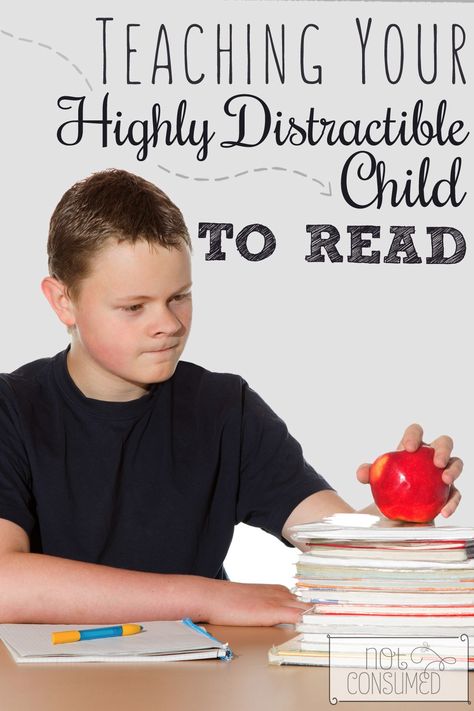
- Learn by heart. In elementary school, a child must learn poems by heart. If you and him learned something from the program before school, then it remains only to refresh your memory. But in any case, help your child remember the poems, do not scold him if he forgets the lines - most likely, he does not understand their meaning. Before memorizing a poem, you need to discuss it, find out if everything is clear, make sure that the poem is loved.
- Ask your child to retell prose works under some interesting pretext, because this not only trains memory and develops speech, but also educates a thoughtful reader. It is not so easy to retell prose. At the first stages, you need to help the child:
1) what you propose to retell should still be eventful;
2) Difficulties in retelling are caused by works in which descriptions dominate.
But an elementary school student should already be able to describe and retell descriptions. Soon in his training there will be such a type of knowledge control as a presentation (in 9class in the OGE in the Russian language, this type of assignment is key).
Expert advice: Be patient and respectful of children's retelling, because for a child this is creativity, during which he again experiences delight and inspiration, resurrecting in his imagination the heroes of the book and the event; retelling develops speech, sensitivity to the poetic word. Speaking of children's retelling, it must be borne in mind that the child, not being able to single out the main thing and briefly formulate a thought, tells at length, in detail, often without distinguishing between the essential and the insignificant. By carefully listening to the retelling, you have the opportunity to carefully and taking into account the perception of your child specifically, direct his attention to the main thing and together recall some valuable artistic detail (I.N. Timofeeva).
How to teach short retelling? - you will find the answer in the article on our website "Teaching a summary"
- Combine mental and physical activities: reading and drawing, reading and singing, singing and dancing. Physical development is directly related to mental development. Develop your child physically (dance, gymnastics, football ...) and you will see that both mentally and creatively, and in the development of speech, your child will begin to make great strides.
Physical development is directly related to mental development. Develop your child physically (dance, gymnastics, football ...) and you will see that both mentally and creatively, and in the development of speech, your child will begin to make great strides.
Expert opinion: verbal freedom is inextricably linked with physical freedom. If adults did not try to develop the child's speech, he will compensate for his "tightness" with aggressive physical behavior (Mineralova I.G.).
- Accumulative principle. With younger students, you need to continue reading what you read before, what is included in the school curriculum in literature, and also what is still difficult for a student in grades 1-3. Works "for growth" are introduced in fragments, or as a whole, but with cuts (skip what is still difficult to understand for a 7-12-year-old child).
- A book for a child of this age is connected with the game. Support the child's games, help him learn how to play story games from books.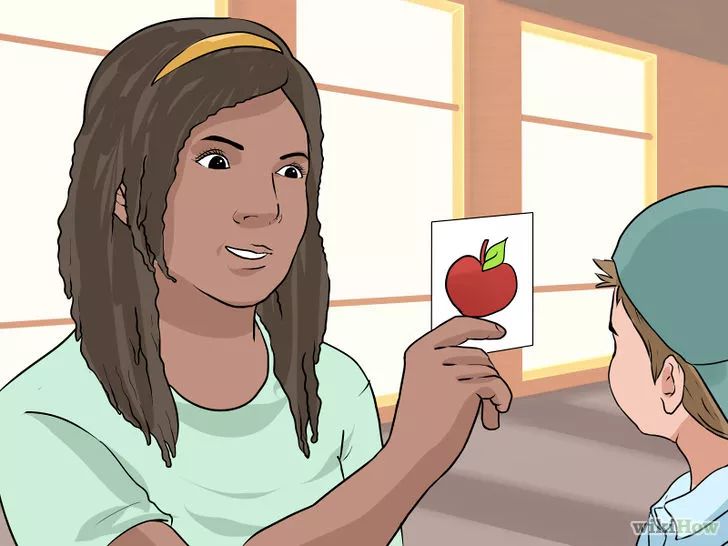 Then he will get carried away and will play himself. Girls love to play school. Encourage such games: let your daughter repeat the material learned in the lessons to the dolls. (We suggest reading Chapter "Book and Game" from the book by I.N. Timofeeva "What and how to read to your child from one to ten.")
Then he will get carried away and will play himself. Girls love to play school. Encourage such games: let your daughter repeat the material learned in the lessons to the dolls. (We suggest reading Chapter "Book and Game" from the book by I.N. Timofeeva "What and how to read to your child from one to ten.")
- Children still love to draw. Encourage children to draw characters, some magical or simply memorable item from the book. Reading and drawing are also interconnected - they develop artistic taste, create an image.
Expert advice: The value of books for drawing is enormous, because it nourishes the child's mind, fantasy. Young children are not able to write a review of the book, but they can express their impression of reading in drawings and crafts made from plasticine, sticks, patches. How to manage these activities? Firstly, before reading a fairy tale, a story, a child must be warned: we will draw (sculpt) according to this book. Then the child listens more attentively, his reading perception becomes sharper.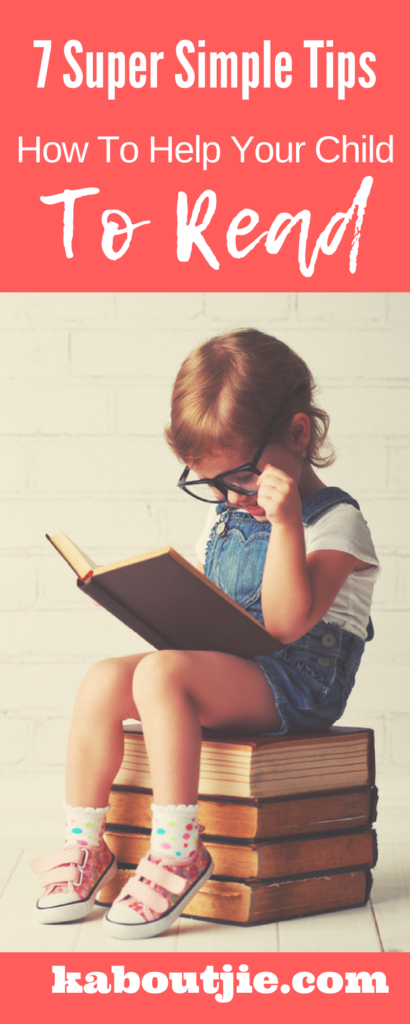 Secondly, before drawing (sculpting), discuss with the child what and how he is going to depict, and at the same time consider the illustrations in the book: how the artist painted and how you draw. In children's books, illustrations are made taking into account children's perception, so the child sees how to draw. (More: "Book and Drawing" I.N. Timofeeva)
Secondly, before drawing (sculpting), discuss with the child what and how he is going to depict, and at the same time consider the illustrations in the book: how the artist painted and how you draw. In children's books, illustrations are made taking into account children's perception, so the child sees how to draw. (More: "Book and Drawing" I.N. Timofeeva)
- Pupils in grades 1-3 can be taken by teachers on excursions, to museums, including literary ones, associated with the name of a writer. Parents can both connect to the cultural events of the school and organize their own. Impressions received on an excursion, in a museum or theater often encourage children to get to know the writer's works better (we talk about the role of the theater in the development of the child and understanding the book in the section "Reading Companions" - "Theater" ).
- It is useful to keep a reader's diary , in which you need to reflect the author, the title of the book, its summary and what you liked, and you can also draw a picture of the book. Over the years, the records will become more difficult. Adults should show sincere attention to the reader's diary, help make notes, teach them to write briefly, and talk about books they have already read. Without your interest in this work, the child will quickly give up keeping a diary.
Over the years, the records will become more difficult. Adults should show sincere attention to the reader's diary, help make notes, teach them to write briefly, and talk about books they have already read. Without your interest in this work, the child will quickly give up keeping a diary.
How to read with children so that everyone is interested: talk about the author and ask questions
Children are given lists of literature for holidays. And not all schoolchildren are happy to read. Our blogger Ekaterina Buneeva tells how to read books with children and make this process interesting and meaningful.
For many years my work has been related to teaching children to read productively. The result of such reading is a full perception and understanding of the text. A competent reader is able to extract all types of information from the text: factual (what is said directly, explicitly), subtext (what the text does not say directly, but is read "between the lines") and conceptual (the main meanings of the text, his so-called main idea).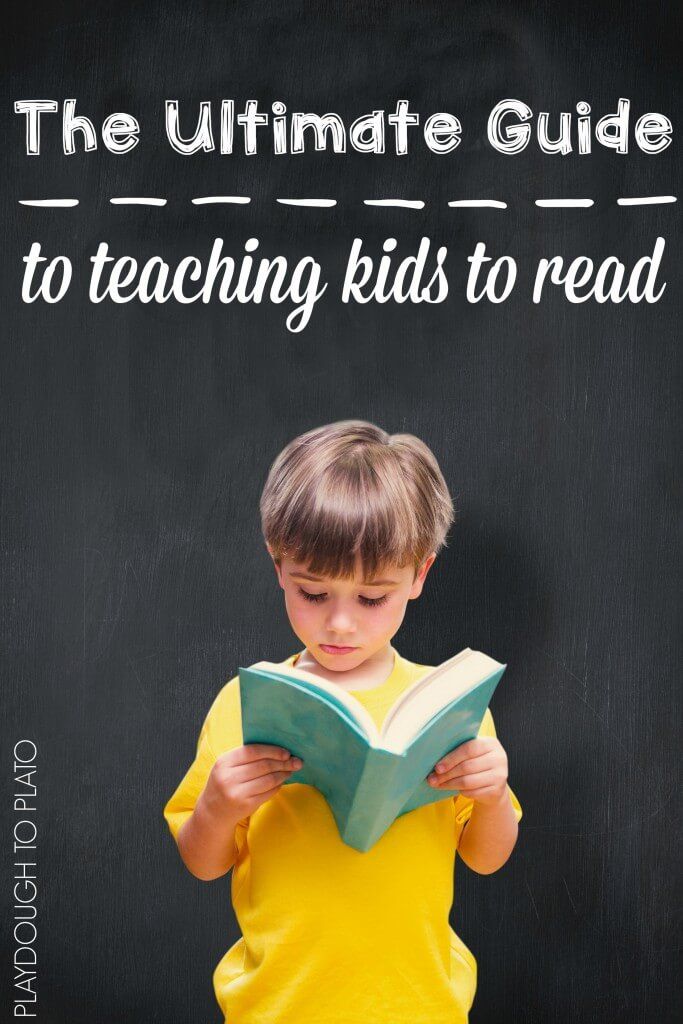 And that is not all. A literate reader reads different texts in different ways, that is, depending on the purpose of reading, he uses the methods of either introductory, or viewing, or studying reading. How to teach this to a child?
And that is not all. A literate reader reads different texts in different ways, that is, depending on the purpose of reading, he uses the methods of either introductory, or viewing, or studying reading. How to teach this to a child?
The technology of productive reading can help here (the authors of the technology are E.V. Buneeva and O.V. Chindilova), which includes 3 stages of working with text and certain methods of working at each of the stages. There are variants of this technology for the work of a teacher with children in the classroom and for individual reading of parents with a child.
I will tell and show with an example how you can read a text (book) with children so that everyone is interested.
1. Work with text (book) before reading
We read the title of the work, the name of the author, examine the illustrations and / or cover. Based on this information and our reading experience, we assume what will be discussed. That is, we determine the topic of the text (book), emotional coloring (the text will be cheerful, sad, serious), guess who the characters are, etc. Now we need to read the text and check whether our assumptions were justified. This is how you get motivated to read.
Now we need to read the text and check whether our assumptions were justified. This is how you get motivated to read.
2. Working with text while reading
Reading silently
It is good if the child tries to read the text to himself for the first time. It is very important to understand the need for this (even if at first he does not master the entire text himself, at least a fragment, the very beginning), so that the child gradually gets used to the fact that he will read the texts himself.
An adult can, of course, immediately read aloud, it depends on the characteristics of the text, the age of the child and his individual abilities. But this should not be just voicing, it is necessary to use special techniques during reading: commented reading and dialogue with the author, about them a little later.
Then you need to talk to the child about what he understood and felt, what he thought about. Already at this moment, one can ask which assumptions made before reading the text were confirmed and which were not.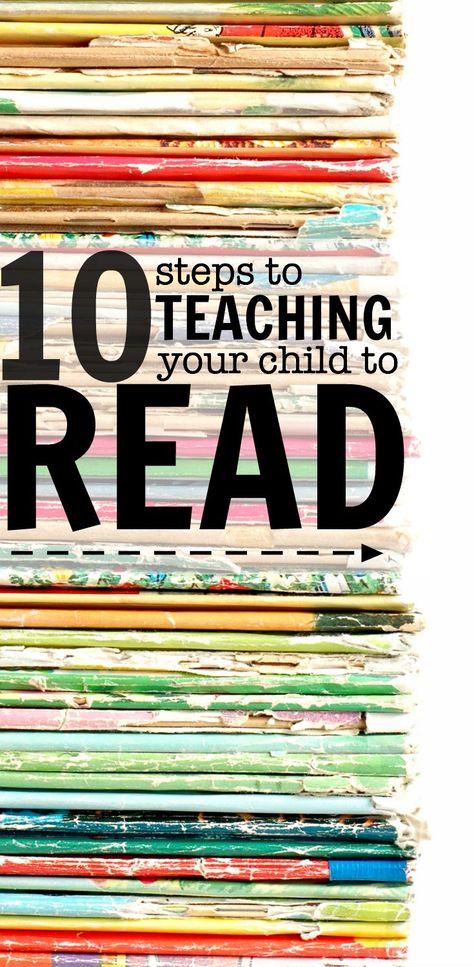 First, let's listen to the child, and then express our opinion.
First, let's listen to the child, and then express our opinion.
We read aloud, we have a dialogue with the author of the text
Then follows a “slow” repeated reading, during which the actual analysis, deep understanding takes place, and one’s own interpretation of the text arises. If an adult reads the text aloud, then re-reading is not necessary: in the process of reading, he comments on something if necessary and conducts a dialogue with the author, involving the child in it.
The “dialogue with the author” method (developed by a group of psychologists led by Professor G.G. Granik) suggests that in the process of reading the reader sees hidden questions in the text, formulates them (these are questions to the author), tries to predict the answer , and then, having found the answer in the text, checks himself. And with the help of short comments, you can evoke an emotional reaction and pay attention to important details of the content (the technique is called "commented reading").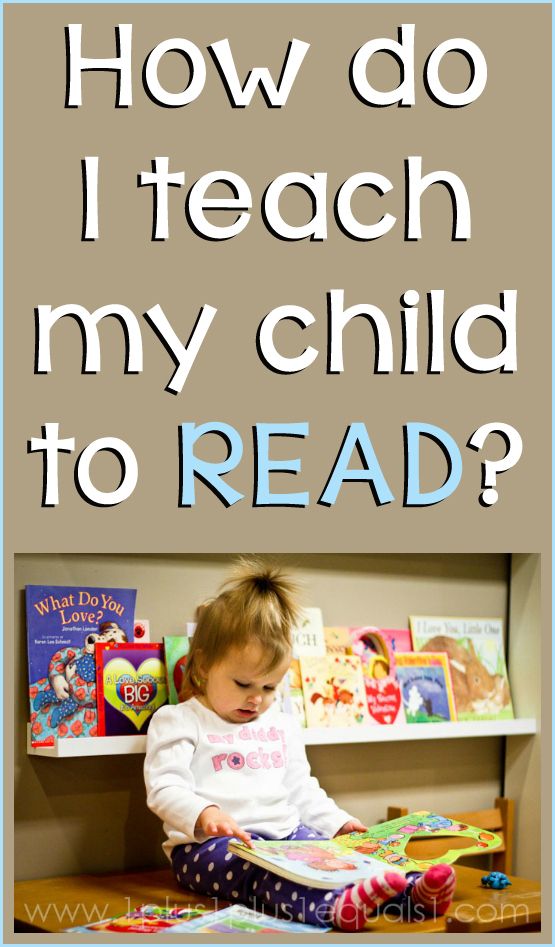
Discussing content
Next, we need to talk about the content of the text. When you saw an emotional reaction to the text, made sure that the child understood the text, invite him to expressively read aloud a small passage that he himself chooses. “Reading with expression” means expressing with the help of voice, intonation, logical stress, etc. exactly how you understood the text.
That is why the child must first learn to read the text on his own to himself, then aloud together with an adult, and only then aloud expressively. And an adult can offer his own version of expressive reading later, that is, not before, but after the child (“How interesting you did it! And I would read it like that ...”).
3. After reading
At this stage, you should discuss what you read and try to understand together why the author wrote this story (story, fairy tale, play). That is, try to formulate the main meanings of the text. This moment is important: it helps to correlate the reader's interpretation of the child with the objective author's meaning.
Next, it would be good to talk about the writer. If you know any bright, interesting facts of his biography, tell us. And be sure to ask the child what kind of person the author of the read text seems to him: how he relates to people, to life, what he likes and what he does not agree with, does he have a sense of humor, etc.
It is very useful to return to the title and illustrations: discuss the meaning, compare your reader's idea with the artist's vision (after all, the artist is also a reader: before drawing an illustration, he read and understood the text in his own way). You can offer the child a creative task, depending on his inclinations and interests: draw an illustration for a favorite piece of text or a filmstrip for the entire text, retell on behalf of different characters, stage; choose a piece of music that matches the character of the hero.
If a child is just learning to read, they must first go through several very important steps: work on understanding individual words, then sentences, and only then move on to texts.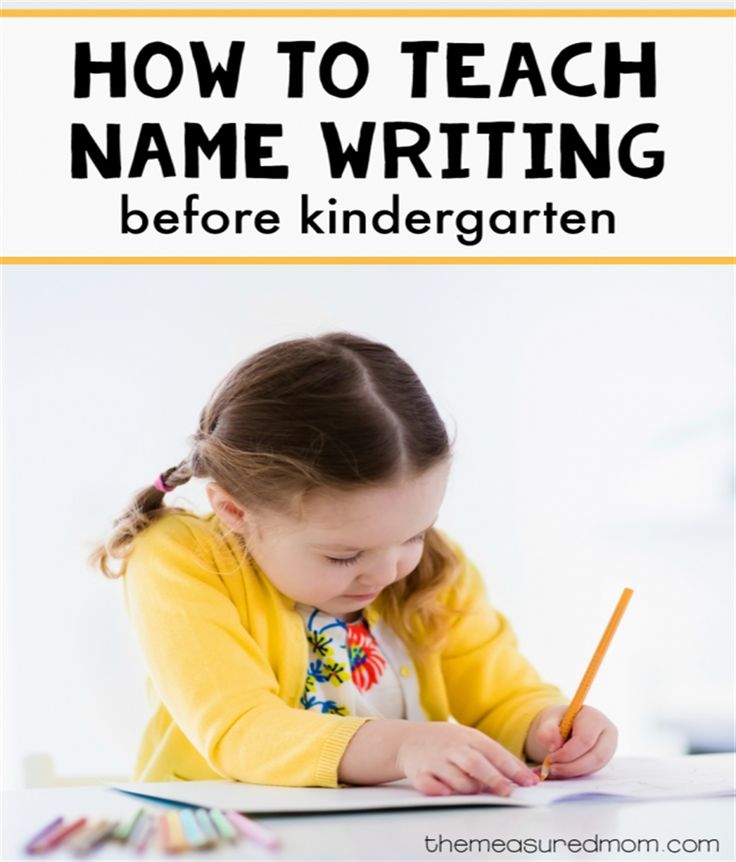
I will show by example how you can read the text together in the technology of productive reading.
Julia Simbirskaya "Who is better?"
Somehow soap, washcloth and Petya gathered for a competition: who will wash better and faster. Petya splashes - splashes up to the ceiling! The washcloth has taken on water and lies on the water, sways, blows bubbles. And soap let's dive. Foam. Then he lathers a washcloth, then Petya, then a washcloth, then Petya ... The competition is over.
— Well, who did the best cleaning? Petya is clean, ruddy! Washcloth - fluffy, shiny! Where is the soap?
Before reading:
- Read the title. What would you like to ask? What can be assumed?
- Who is the author of the text? Is he familiar to you?
- Look at the illustration. What else can you guess about the content of the text, what can you guess?
While reading
- Read the text silently. Put stress on difficult words.
 When the child has read, we ask: so who did the best wash, what do you think? We accept the answer, but do not comment
When the child has read, we ask: so who did the best wash, what do you think? We accept the answer, but do not comment - Now read aloud. An adult reads, comments and engages in a dialogue with the author. The motivation for rereading is to check if the child is right. Legend: B - a question to the author of the text; O - the answer of the child, which he assumes; P - check yourself: and here is the answer given by the author of the text.
Somehow soap, washcloth and Petya gathered for a competition: who will wash better and faster. (Q. I wonder where they gathered? Guessed it? Oh. We accept the child’s answer, but do not comment.) Petya is splashing - splashes up to the ceiling! (Imagine?) The washcloth has taken on water and lies on the water, sways, blows bubbles. (Introduced?) And let's dive soap. Foam. (Q. Why does the soap dive? A. We listen to the child’s answer, but do not comment) It will soap the washcloth, then Petya, then the washcloth, then Petya .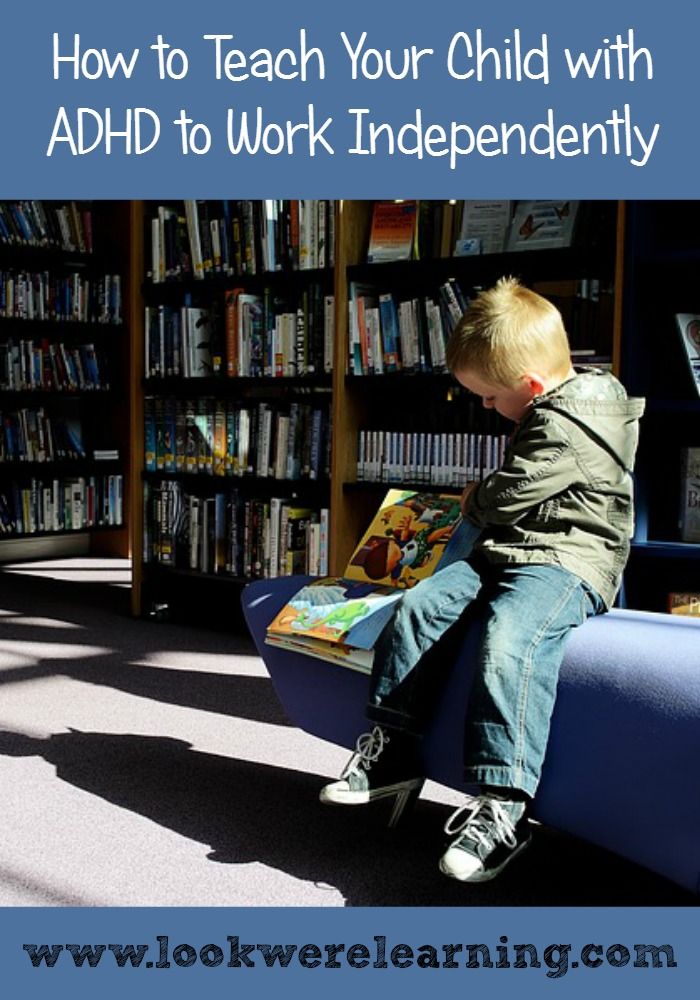 .. (P That’s why the soap dived: to get wet and soap everyone!) The competition is over. - Well, who was the best to clean up? (Can you answer? A. We listen to the child’s answer, but do not comment) Petya is clean, ruddy! (Did you see such Petya?) Washcloth - fluffy, shiny! (Introduced?) And where is the soap? (Really, where? A. We listen to the child's answer.)
.. (P That’s why the soap dived: to get wet and soap everyone!) The competition is over. - Well, who was the best to clean up? (Can you answer? A. We listen to the child’s answer, but do not comment) Petya is clean, ruddy! (Did you see such Petya?) Washcloth - fluffy, shiny! (Introduced?) And where is the soap? (Really, where? A. We listen to the child's answer.)
After reading
- Which sentence most accurately conveys the meaning of this text - answers the question in the title? Choose.
A. Petya and the washcloth washed best of all, because the soap helped them. All well done!
B. It is impossible to determine who is better, because the soap dropped out of the competition.
B. The best soap.
- What does this text tell about the author? (A child can say that Yulia Simbirskaya is cheerful, with a sense of humor, knows how to tell interesting things, knows and understands children - after all, many children do not like to swim, so she came up with such a competition .

Learn more


